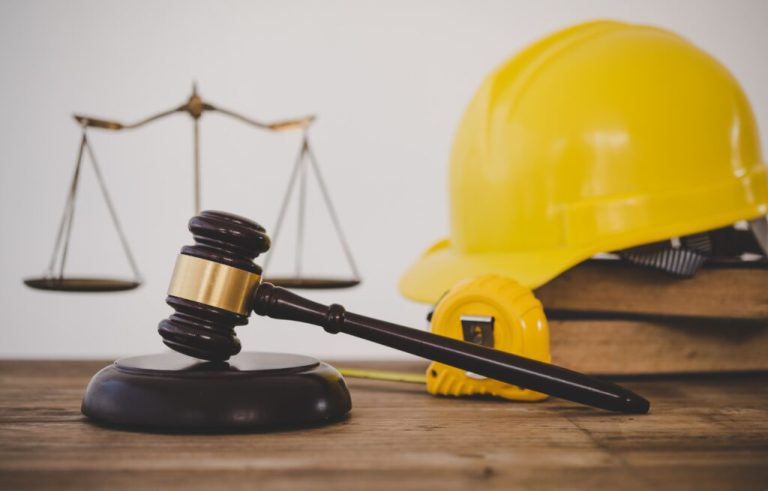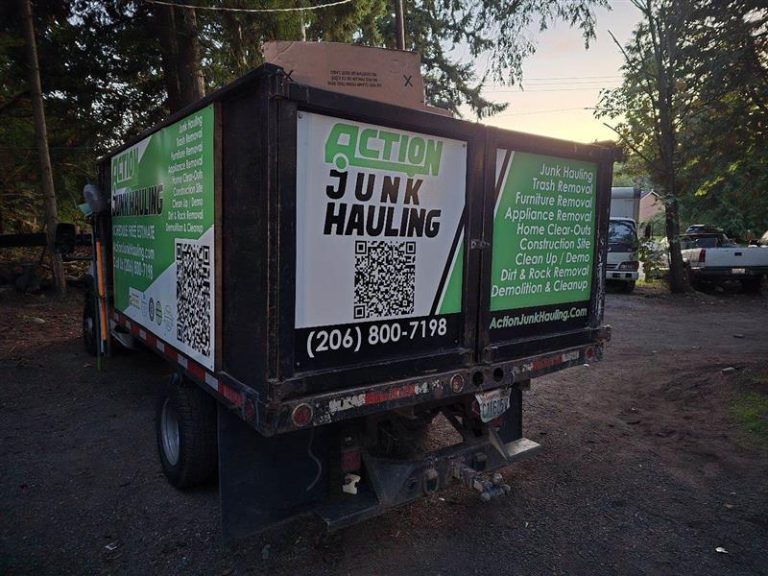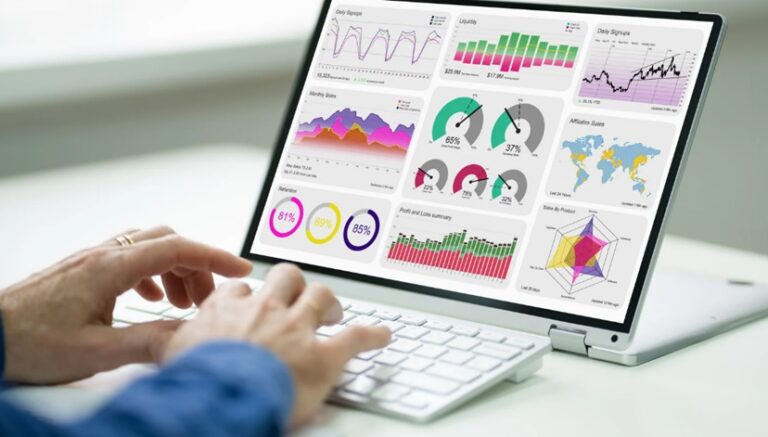How to Create Useful Digital Media Content
The phrase “digital accessibility” refers to everyone’s ability to use digital products and services, regardless of their skills or restrictions. Not all people can use digital media in the same way. Some individuals rely on them more than others. A screen reader, for example, can help a blind person, but anyone with a learning handicap may need more straightforward information.
Improving the accessibility of your digital products and services is not just the ethical thing to do; it will also help your company’s success. If you make your goods and services more accessible to the broader public, you will be able to attract a bigger audience, including individuals with disabilities. Furthermore, as more nations enact legislation and set accessibility requirements, guaranteeing the accessibility of your goods and approaches becomes increasingly essential.
Please contact QualityLogic if you require assistance with your company’s digital accessibility. We think that everyone has the right to be accessible, and we understand how difficult it may be for people with disabilities to be unable to examine specific scenarios. We would want to help businesses learn and flourish. As a consequence, we will collaborate with you to develop the most efficient accessibility approach. Before contacting, try some of the alternatives suggested below.
Enhancing the Accessibility of Your Digital Products and Services
Before you begin creating accessible material, you should obtain professional advice. The most straightforward method to ensure that your digital goods and services are accessible to all consumers is to create them from the beginning. User research is the first step in the design process, and it must continue through the coding stage. Digital accessibility must be addressed at each level. Collaboration with accessibility specialists is also required to ensure that your designs are as user-friendly as feasible.
Be Certain That Your Material Is Simple to Understand
Make sure your information is clear and crisp, even if it appears apparent. This entails eliminating jargon and utilizing simple language. It also means making your content available in several media formats, such as audio and video, for clients who prefer or are compelled to absorb information in different ways.
Take Care When Taking Photos and Videos
Images and videos are excellent methods to supplement the text and make it simpler to understand. An appropriate application is required to relieve accessibility issues. Create text counterparts for visual assets like photographs and movies so that folks who can’t see them comprehend what they’re saying. Make sure your images and videos have the right amount of contrast for people with limited vision to view.
It may be tricky to ensure that your information and facilities are available in the digital era, but you will be able to achieve it if you follow these guidelines.
What Is the Function of Internet Access?
WHO, or The World Health Organization, defines disability as “an umbrella word that encompasses limitations, physical restrictions, and participation restrictions.” Disabilities include physical, sensory, cognitive, mental, and intellectual problems. One billion individuals will be paralyzed worldwide, making it one of the most frequent health issues. Despite this, persons with disabilities experience considerable challenges in accessing education, employment, and other essential services.
One method to ease these limits is to make digital material and services available to everyone. This involves creating websites and apps for people who are deaf or hard of hearing, blind or have impaired vision, or have a cognitive or intellectual disability. By making digital material and services more accessible, we can assist in removing some of the barriers that individuals with disabilities confront, allowing them to live full and inclusive lives.
Disabled People’s Use of Digital Content
People with impairments have a number of difficulties when it comes to comprehending digital information. For blind or visually challenged people, screen reader software, for example, may be necessary to transform text into audio. Deaf or hard-of-hearing persons may require captions or subtitles to access audio and visual information.
For persons with cognitive limitations, it may be important to simplify the presentation of material. Physically disabled people, for example, may require material access through switches or eye-gaze trackers, among other input modalities. Website designers and developers are able to generate digital material that is accessible to a broader audience by using these several criteria.
Designing for the Visually Impaired and Blind
Please keep in mind that not everyone perceives the world in the same way when it comes to digital data. For instance, those who are blind or have poor eyesight must rely on specialized signals to grasp information. As a result, while generating digital material for them, additional considerations must be considered. For example, image text descriptions must always be unique. Videos should have captions and audio explanations. By following these steps, you may ensure that everyone has access to your digital data.
Designing for the Deaf
It is vital to consider the needs of all possible viewers while generating digital content. Those with impairments who have difficulty using traditional forms of media are catered to. Closed captioning, for example, can help deaf or hard-of-hearing people access digital information.
When generating digital content with closed captions, several issues must be addressed. To begin, the captions must be simple to read and understand. This includes employing large font sizes and avoiding complicated, hard-to-read typefaces. Subtitles should also be synchronized with the audio track. This may be performed by either manually creating the captions or transcribing the audio track and utilizing software that generates captions automatically. After then, the captions should be extensively examined to ensure that they are error-free.
You can produce publicly available digital art if you follow these guidelines. Closed captioning is one way to make your material more accessible; audio description and sign language interpretation are two more alternatives. By considering all viewers’ demands, it is feasible to develop digital content that appeals to everyone.
Beneficial Content for People With Cognitive Impairments
When generating digital material for persons with intellectual disability, there are various obstacles to consider. Recognize that each individual is unique and will require a unique approach. However, in order to increase content accessibility, a few essential criteria should be followed. For example, disability services propose utilizing simple language and pictures. This may help the reader comprehend the topic and avoid misconceptions.
It is vital to give a range of options for participation and expression. When people can interact with knowledge on their own terms, their understanding and retention improve.
Conclusion
Designers who adhere to these criteria may produce digital material that is both accessible and informative to all clients. Click here to learn more about how QualityLogic may assist you. We are a digital accessibility pioneer with over 35 years of testing expertise and understand what it takes to make your site accessible to everyone. We will continue to advise you even after we have supported you in getting started with digital accessibility. You can rely on our experts to point you in the correct way, as we have for thousands of others.










